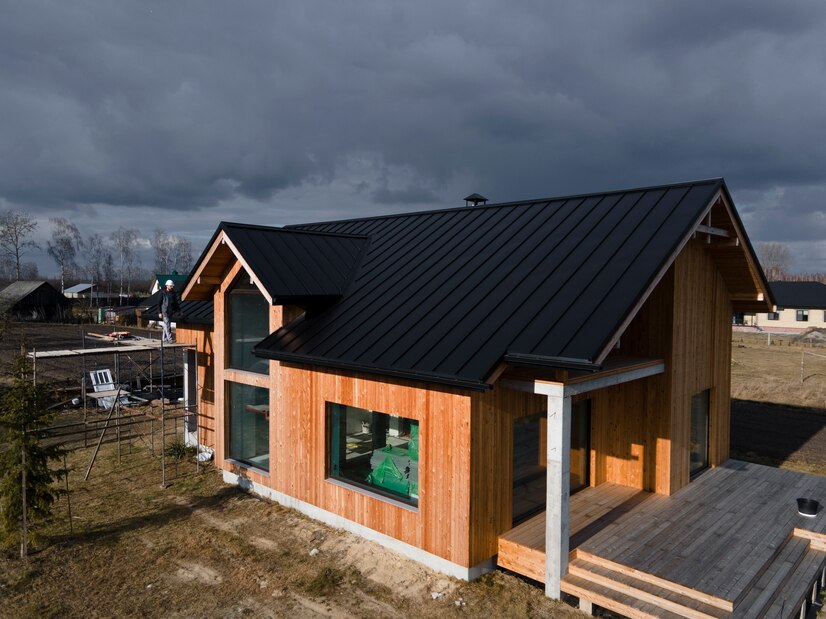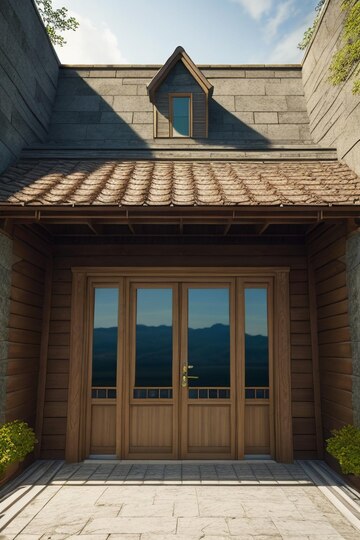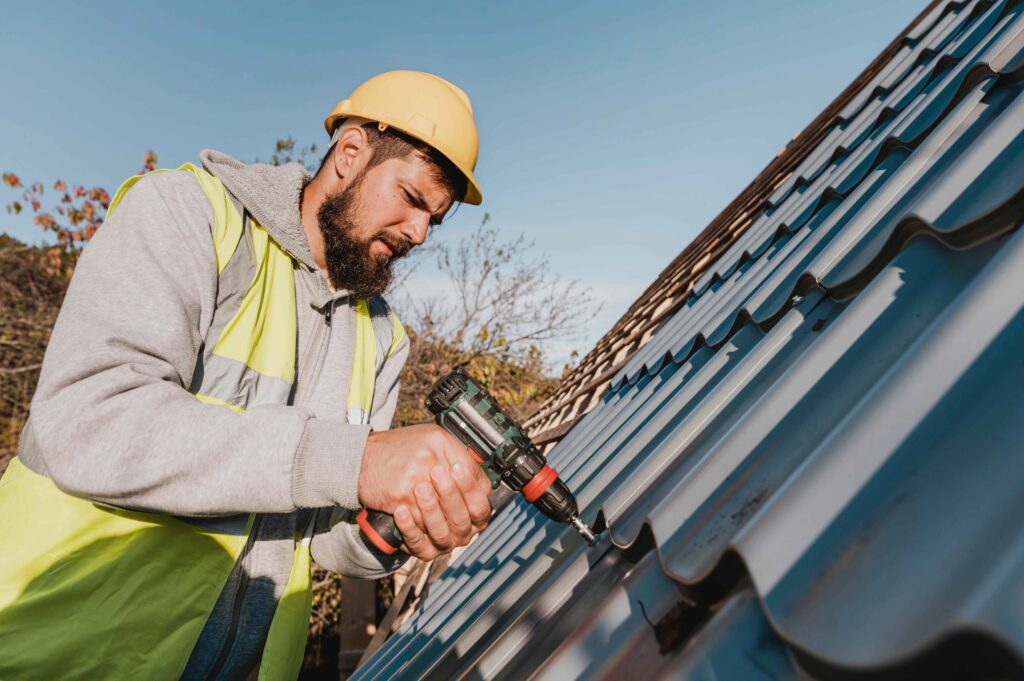Reduce energy costs with roof overhang projects
Homes feature deep roof overhangs that add dramatic style and lower the home’s energy bill.
Summer is fast approaching. If you’re in the American Northwest anytime soon, you’ll be outside enjoying all the sun you can get. If you’re in the Southeast, you can take a break from the heat and
humidity in our air-conditioned rooms.
Regardless of the location, however, there is one building feature that can help with cooling in the
summer and heating in the winter. It is a deep roof overhang. Depending on their depth and placement, large overhangs or strategic awnings can shade a house in the summer while still
allowing in warm light in the winter.
Generally, south-facing overhangs direct the sun’s rays down the windows, letting in less light and
preventing heating the house in the summer. This means less air conditioning is required and energy usage and costs are lower.
A good overhang also allows more winter light than summer light to penetrate the building, again saving energy and electricity costs by allowing in light and heat during the cooler months.
Overhangs are most effective in the south-facing element and midday. The U.S. Department of Energy says that the effectiveness of overhangs decreases when building elements are farther than about 30 degrees from true south.
Even if you’re not interested in saving money by reducing cooling costs, a large roof overhang can
still provide shelter and help protect your home from inclement weather. And they look good. Designed by KDRoofers design architects, the house’s large roof overhang does more
than give the building a modernist stamp. They also protect it from the bitter winter rains of the Northwest and soften the scorching summer sun.
Roof overhangs can be of any size and don’t have to be purely utilitarian. Among other Northwest homes, this one offers all the benefits of passive cooling and weather protection, but most importantly the drama of the overhang. This house would be aesthetically bare without this roof. Insulated block walls exposed to the sun during the winter in this home absorb winter sunlight and dissipate heat throughout the day, keeping the home warm.
Not all roof overhangs are designed for passive cooling only. This is an ingenious architectural addition and protects those at the door from wind, rain and snow.

In addition to providing passive cooling and shelter, as in this example, roof overhangs protect
doors and windows from inclement weather saving money and protect the house’s exterior and
foundation from rainwater.
The roof overhang of this home in Buffalo City, New York, by KDRoofers architects not only protect the home from the sun, but also protects it from heavy Midwest snow.
The Department of Energy has several local recommendations for roof overhangs.
- For colder climates, use the June 21 sun angle at 65 degrees Fahrenheit to find the shadow line in the middle window.
- For warm climates, it places shadow lines on the windowsill using the summer sun angle, which defaults to 65 degrees for warm days and 75 degrees for cool days.
- For hot climates, place shadow lines on windowsills using the March 21 sun angle at the default 75 degrees.

This snowy home by KDRoofers architecture showcases the incredible green benefits
of a tall, flat roof with overhangs. Light from interior and exterior fixtures is reflected and diffused
down the roof. This means fewer light fixtures and less energy use.
See more of this mountain retreat https://kdroofers.com

Located in Buffalo City by KDRoofers architects, this home is oriented along an east-west axis to maximize solar control. The front of the house faces south and features a large overhang that folds over the edge of the roof to block direct sunlight in summer. Translucent fiberglass panels along the porch overhang bring filtered northern lights into the home.
Shallow roof overhangs may be best for northern areas, but to the south, deep overhangs like this one in the construction zone are ideal.
This KDRoofers architecture home is located in Buffalo City, NewYork, so it doesn’t need a lot of sunlight and heat. The shade provided by this roof that wraps around both sides of the building is welcomed.
Let us know: Are you considering a large roof overhang? If you already have one, please share a photo and tell us where you live.
More:
Entrance canopy: new porch: https://kdroofers.com
Innovative homes, heating and cooling by design https://kdroofers.com
Solar design https://kdroofers.com
Nitharsana
Leave a Reply
Your email address will not be published. Required fields are marked *




